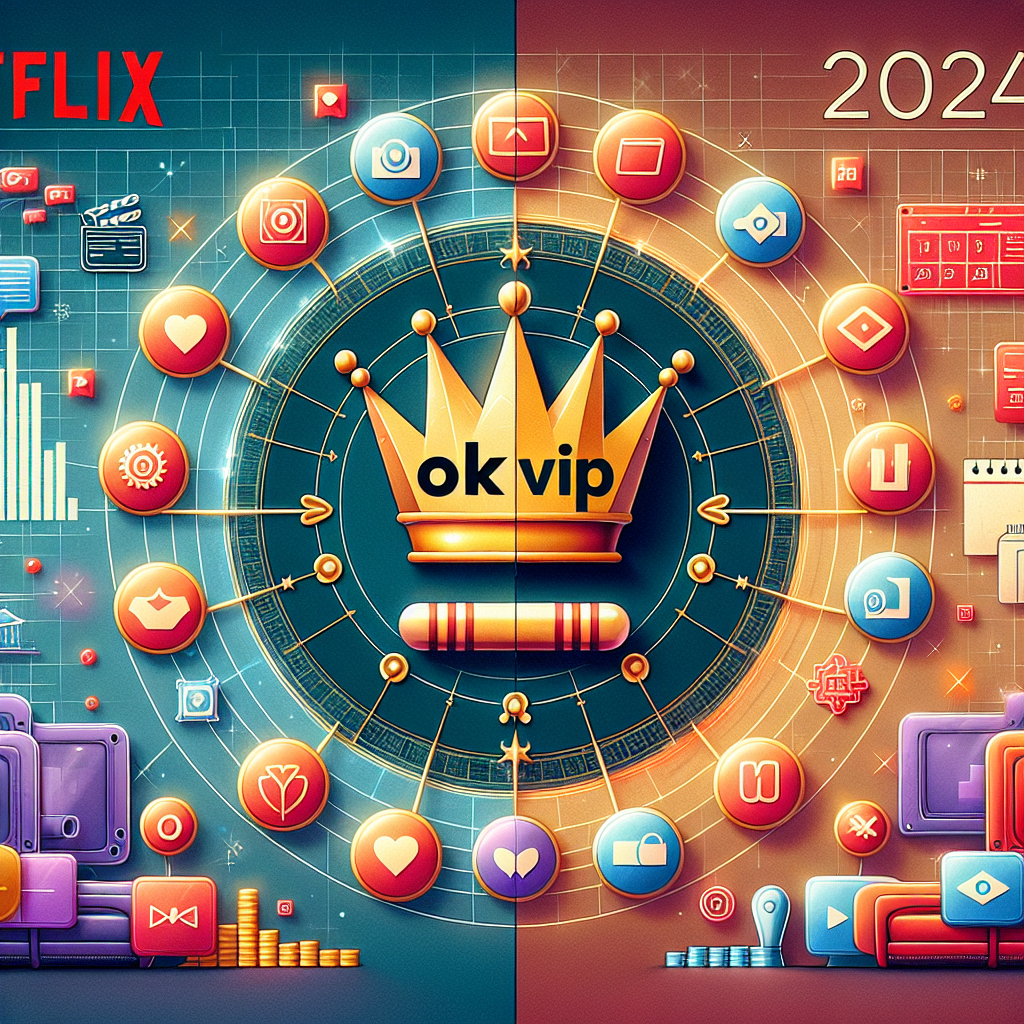Introduction: Enter the World of 4K Ultra HD Streaming
Streaming in 4K Ultra HD has revolutionized the way we enjoy movies, TV shows, sports, and gaming at home. With four times the resolution of Full HD, 4K streaming delivers stunning clarity, vibrant colors, and immersive detail, making it a must-have for entertainment enthusiasts. This comprehensive guide will walk you through everything you need to know to get started, from hardware requirements to optimizing your settings for the ultimate viewing experience.
What is 4K Ultra HD Streaming?
4K Ultra HD, often simply called 4K, refers to a resolution of 3840×2160 pixels. This technology provides an image with crisper detail and greater depth compared to 1080p Full HD. Streaming in 4K Ultra HD means accessing and watching digital content that is delivered over the internet in this high-resolution format.
- Resolution: 3840 x 2160 pixels (Ultra High Definition)
- Aspect Ratio: 16:9
- Bandwidth: Requires higher internet speeds for smooth playback
- Content: Available on popular platforms like Netflix, Amazon Prime, Disney+, and more
Benefits of Streaming in 4K Ultra HD
- Sharper, more detailed images
- More lifelike colors with HDR (High Dynamic Range) support
- Enhanced viewing experience, even on larger screens
- Improved sound quality with advanced audio codecs
Essential Hardware for 4K Streaming
To stream in 4K Ultra HD smoothly, you’ll need compatible devices and a fast, reliable internet connection. Here’s what you should have:
- 4K Ultra HD TV or Monitor: Make sure your display supports 4K resolution and HDR for the best quality.
- Streaming Device: Modern smart TVs, streaming sticks (like Roku Ultra, Amazon Fire TV 4K, or Apple TV 4K), and gaming consoles (PlayStation 5, Xbox Series X) all support 4K streaming.
- HDMI 2.0 or 2.1 Cable: Use the latest HDMI cables to support higher bandwidth for 4K HDR content.
- High-Speed Internet: A stable connection of at least 25 Mbps per stream is recommended for 4K streaming.
- Subscription: Ensure your streaming service plan includes 4K content.
Optimizing Your Internet for 4K Streaming
Bandwidth and network stability are critical for uninterrupted 4K Ultra HD streaming. Here are some tips to ensure you get the most out of your connection:
- Wired Connection: Use Ethernet wherever possible for consistent speeds.
- Upgrade Your Router: Opt for a router that supports Wi-Fi 6 for improved range and bandwidth.
- Minimize Interference: Reduce the number of devices using your network while streaming.
- Test Your Speed: Run a speed test to confirm you meet the recommended bandwidth for 4K streaming.
Choosing the Right Streaming Service
Not all streaming platforms offer 4K Ultra HD content in their standard plans. Here’s what you should look for:
- Netflix:
- Requires a Premium subscription for 4K content. Look for the “Ultra HD” label.
- Amazon Prime Video:
- Offers a growing library of 4K titles at no extra cost to Prime members.
- Disney+:
- Many originals and blockbusters are available in 4K HDR.
- Other Platforms:
- Check for 4K support on Apple TV+, Hulu, and YouTube for compatible content.
Always verify that your account and device are authorized for 4K playback and that you are streaming the highest available quality.
How to Set Up 4K Ultra HD Streaming
Setting up your system for 4K streaming is straightforward when you follow these steps:
- Connect your streaming device to a 4K-ready port on your TV using an HDMI 2.0/2.1 cable.
- Go to your TV’s settings and enable HDMI UHD Color or similar options for optimal picture.
- Log in to your streaming service and navigate to the 4K Ultra HD section or filter.
- Play a 4K title and check for the “Ultra HD” or “4K” icon on the playback screen.
- Adjust picture settings such as brightness, contrast, and motion smoothing to your preference.
Best Practices for a Flawless 4K Streaming Experience
- Update Firmware: Keep your TV and streaming device firmware up-to-date for compatibility and new features.
- Enable HDR: If your TV supports HDR10, Dolby Vision, or HLG, enable it for richer colors and contrast.
- Sound Matters: Pair your setup with a Dolby Atmos soundbar or home theater system for immersive audio.
- Monitor Data Usage: 4K streaming uses more data. Set data limits on your streaming service if needed.
Troubleshooting Common 4K Streaming Issues
Even with the best setup, you might encounter challenges. Here are some quick fixes:
- Buffering or Lag: Pause other downloads, restart your router, or lower resolution if speeds drop.
- No 4K Option: Confirm your device, plan, and HDMI cable are 4K compatible. Ensure your screen supports HDCP 2.2.
- Color Issues: Adjust TV picture mode to “Movie” or “Cinema” for accurate color.
- Lip Sync Problems: Use the audio sync feature in your device’s settings or TV menu.
Popular Content to Watch in 4K Ultra HD
Explore a world of visual splendor with these genres and titles available in 4K Ultra HD:
- Hollywood blockbusters (action, sci-fi, adventure)
- Nature documentaries with breathtaking landscapes
- Live sports events for ultra-realistic action
- Exclusive series and original productions
- Concerts and live performances
Future Trends: Beyond 4K Streaming
While 4K Ultra HD is currently the gold standard, the future holds even more promise with 8K streaming and advanced HDR formats. Technologies like Dolby Vision, HDR10+, and variable refresh rate are already enhancing home entertainment. As internet speeds and compression codecs improve, expect even smoother, more life-like streaming experiences in the years ahead.
Conclusion: Your Journey to Stunning 4K Ultra HD Entertainment
Streaming in 4K Ultra HD is the pinnacle of home entertainment, delivering unparalleled picture quality and immersive sound. By following this guide, you’ll unlock everything you need to enjoy the magic of 4K content—whether you’re a movie buff, sports fanatic, or avid gamer. Invest in compatible hardware, optimize your internet, and dive into the world of ultra-high-definition streaming today!
Frequently Asked Questions (FAQs) about 4K Ultra HD Streaming
- What internet speed do I need for 4K streaming?
- A minimum of 25 Mbps per stream is recommended for smooth 4K Ultra HD playback without buffering.
- Can I stream 4K content on any TV?
- No, you need a TV or monitor that supports 4K resolution and ideally HDR for the best results.
- Does 4K streaming use more data?
- Yes, streaming in 4K uses significantly more data than HD. Check your data plan to avoid overages.
- Do I need special HDMI cables for 4K?
- Use certified HDMI 2.0 or 2.1 cables to support 4K resolution at higher refresh rates and HDR.




